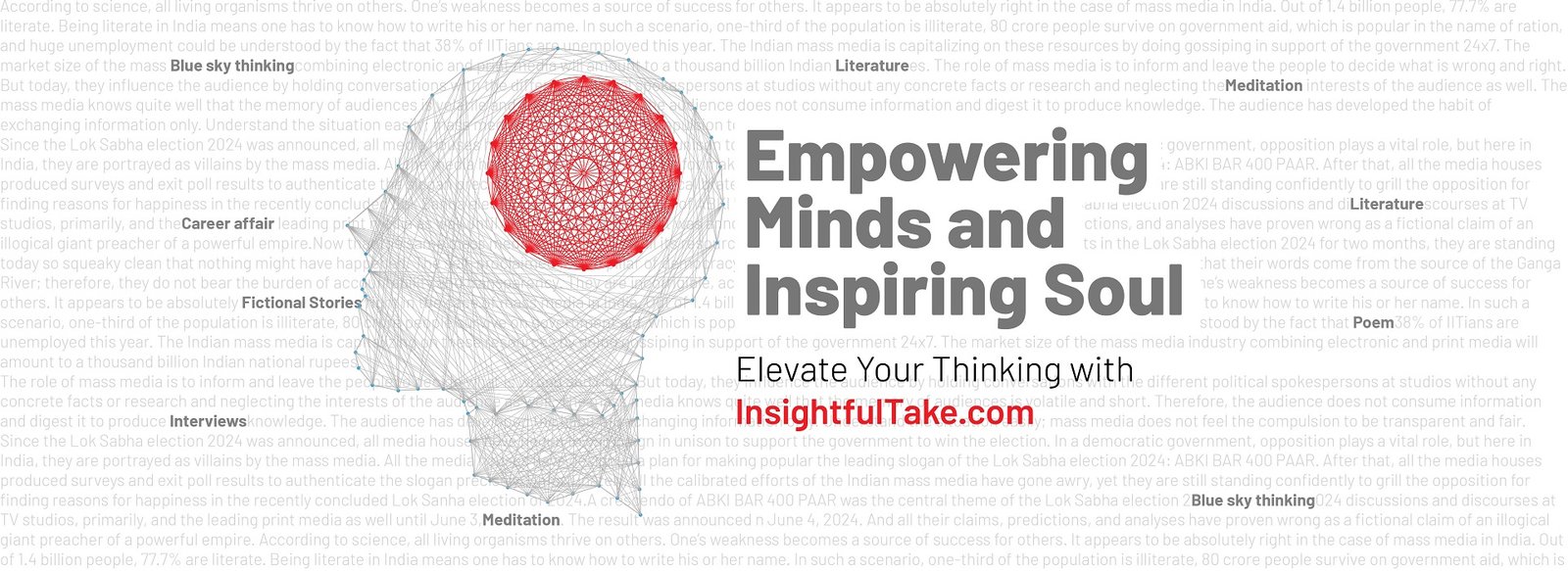
The Indian Railways’ decision to remove videos of the February 15 New Delhi Railway Station stampede from social media has stirred up a crucial debate—where do we draw the line between responsible content moderation and suppressing public discourse? While the ministry justified its directive by citing ethical concerns and potential law and order issues, the move also raises pressing questions about transparency and accountability in the digital space.
The government’s increased power over online content stems from new amendments to the Information Technology Act, allowing ministries to directly issue takedown notices. This shift signals a more hands-on approach in digital governance. The Railways argued that such distressing videos could incite panic and disrupt railway operations, a concern that cannot be dismissed outright. However, it also opens the door to the uncomfortable possibility of authorities using such powers to control narratives, rather than simply acting in the public interest.
Social media platforms like X, YouTube, and Instagram have their own policies on handling graphic content. X, for instance, allows such content if properly labeled and not glorifying violence. Yet, when governments step in with takedown requests, it raises an important question: should the state have the unilateral power to decide what citizens can and cannot see?
Those in favor of such censorship argue that graphic images of casualties should not be circulated as they invade the dignity of the victims and their families. Similar measures have been taken in other countries to prevent distressing visuals from spreading unnecessarily. But, when these restrictions extend to independent news organizations and journalists, skepticism creeps in. Is the intent truly ethical, or is it about controlling public perception?
History has shown us that suppressing information can often backfire. In countries where digital censorship is the norm, misinformation thrives, and alternative narratives are stifled. While India remains a democracy with a free press, increasingly frequent digital takedowns set a worrying precedent. If any content deemed “disruptive” can be erased at will, does this mean controversial events—protests, government failures, or even accidents—can be buried under the guise of public safety?
Legal experts argue that for a takedown request to be valid under Section 79(3)(b) of the IT Act, it must specify the exact law that deems the content illegal. The lack of clear justification in such notices raises concerns of overreach. If authorities claim distressing visuals could create public disorder, where does it stop? Would reporting on riots, disasters, or political scandals be next on the chopping block?
A better approach would involve setting up an independent oversight body to assess takedown requests. Comprising media professionals, legal experts, and civil society representatives, this panel could ensure that content moderation decisions are rooted in ethics and law rather than convenience or political gain.
The suppression of digital voices is a slippery slope. While there’s a case for removing harmful content, we must tread carefully to ensure that government control over digital spaces does not come at the cost of press freedom and the right to information. India’s digital future must be one where truth is not selectively erased, but responsibly shared with the public.

